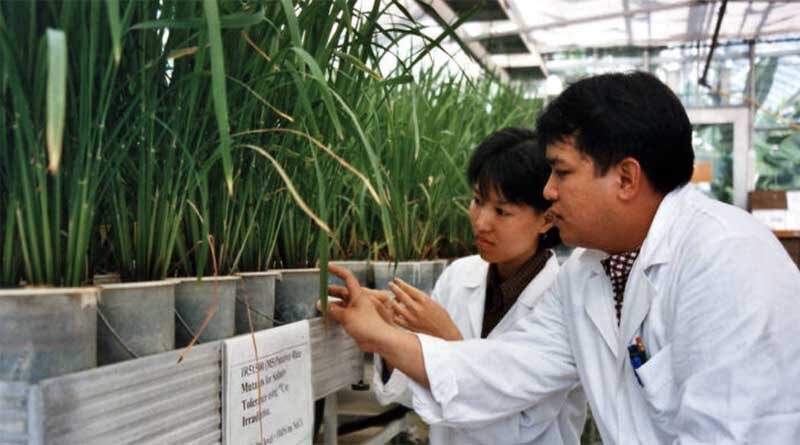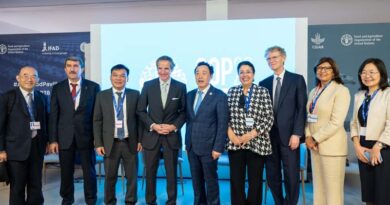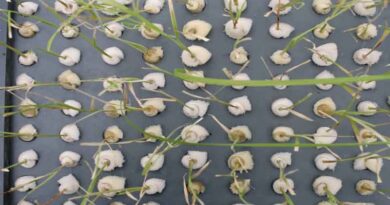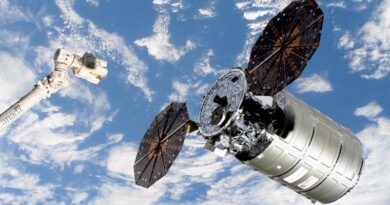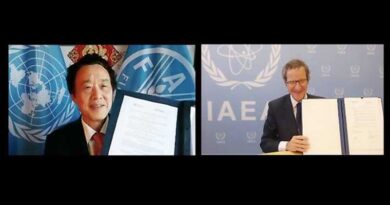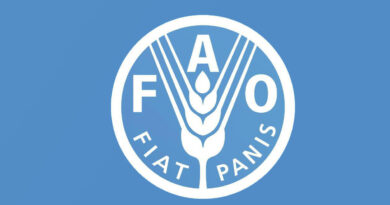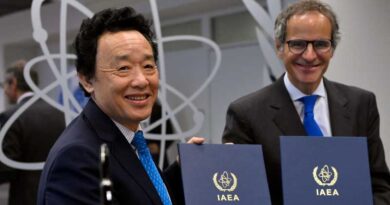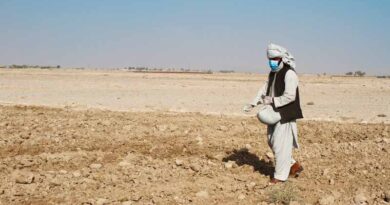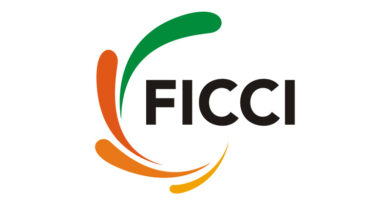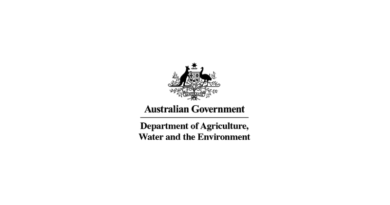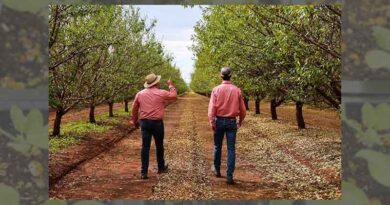Global success in plant breeding celebrated by FAO and IAEA
Joint Centre is providing assistance to experts worldwide in using nuclear techniques in agriculture
21 September 2021, Rome: Ensuring food security amid the impacts of climate change is among the biggest challenges facing the global community. Experts in many countries are looking to nuclear techniques to introduce genetic diversity to develop new and improved crop varieties for cultivation – in order to improve crop adaptation to a changing climate.
Today, on the occasion of the 65th General Conference of the International Atomic Energy Agency (IAEA), FAO and IAEA recognized the contributions to plant mutation breeding from 28 researchers and research teams of institutions from across 20 countries – honouring them with awards for outstanding achievements. Awards were presented by the Director-General of the IAEA, Rafael Mariano Grossi and, virtually, by FAO Director-General, QU Dongyu, in a ceremony in Vienna. This recognition includes 11 Outstanding Achievement Awards, 10 Women in Plant Mutation Breeding Awards, and 7 Young Scientist Awards for significant efforts in the last decade in the development of new mutant varieties using irradiation.
The two Directors-General spoke about the commitment from FAO and IAEA, via the Joint FAO/IAEA Centre of Nuclear Techniques in Food and Agriculture, to support researchers from around the world in mutation breeding.
“The positive impacts of improved cultivars on food security and nutrition at local, national and regional levels are ensuring more stable crop production in stress conditions due to the climate crisis. As well as sustaining farmer’s livelihoods and achieving the Sustainable Development Goals,” Qu Dongyu said, noting that “with the technical support provided by the Joint Centre, plant breeders in many countries have achieved substantial improvement through mutation breeding in a wide range of crops.”
Through cooperation between IAEA and FAO, assistance is provided to experts worldwide in using nuclear techniques in agriculture, including support with irradiating seeds or other plant material in order to develop plant varieties with characteristics such as drought tolerance or increased yields. This process, called plant mutation breeding, uses the plant’s own natural genetic resources to mimic the spontaneous process of mutation in the evolution of plants. It increases the pace of genetic change and allows plant breeders to select the most desirable ones from many mutant lines.
In handing over the awards, Rafael Mariano Grossi said, “What we like to honour is the elevation of the human-mind and the spirit that puts science at the service of big problems. Which is what FAO does in Rome and we do here at the IAEA.”
Significant strides have recently been made in the development and release of new improved crop varieties for cultivation by researchers across the globe. Simultaneously, technology development and application in the use of newer sources of irradiation such as ion beams and space irradiation are also gaining prominence. Recipients of the current awards have in many cases demonstrated socioeconomic impact resulting from their work, including increased farmers’ income and food security.
Experts in the Asia and the Pacific region can now share best practices via the Plant Mutation Breeding Network for Asia and the Pacific, recently set up by the Joint FAO/IAEA Centre, which offers technical support based on each country’s needs. The Joint Centre further continues to explore and develop innovative new technologies to accelerate the pace of crop improvement including the use of newer sources of irradiation, genomics technologies, big data and artificial intelligence, along with specific speed breeding technologies, which is a critical part of climate smart agriculture.
Recognising excellence
Advanced technology specifically in the use of ion beams in mutation breeding is recognized in the achievement award for Women in Plant Mutation Breeding to Tomoko Abe of Japan.
Young Scientist awardee, Prince Matova, a Research and Agronomy Manager and Maize and Legumes Breeder from the Crop Breeding Institute at the Ministry of Agriculture in Zimbabwe, has collaborated with researchers in Zimbabwe to evaluate the potential of using gamma rays to improve crops. He released Zimbabwe’s first cowpea variety developed with a nuclear technique that can be grown in regions with very little annual rainfall.
Find out more about the Awardees.
Nuclear techniques for One Health
The FAO Director-General also spoke at the opening of the Scientific Forum of the IAEA General Conference, ‘Nuclear science for health’. He stressed the importance of cross-sector collaboration for One Health and the potential for nuclear science to help us to achieve the SDGs given the effects of the pandemic, as well as to prevent future pandemics.
“We need to better prepare for future disease outbreaks. We need to strengthen technical capacity, broaden partnerships and engage all key players,” Qu said.
He highlighted joint FAO/IAEA initiatives, including Zoonotic Disease Integrated Action (ZODIAC) which provides veterinary and public health officials with critical information; the joint Animal Production and Health Laboratory which applies research and provides training and services; and the VETLAB Network which was instrumental in the successful global eradication of rinderpest and provided valuable technical support during outbreaks such as avian influenza, Zika, and now the COVID-19 pandemic.
He concluded, “Together we can transform to MORE efficient, inclusive, resilient and sustainable agri-food systems for better production, better nutrition, a better environment and a better life, leaving no one behind.”

